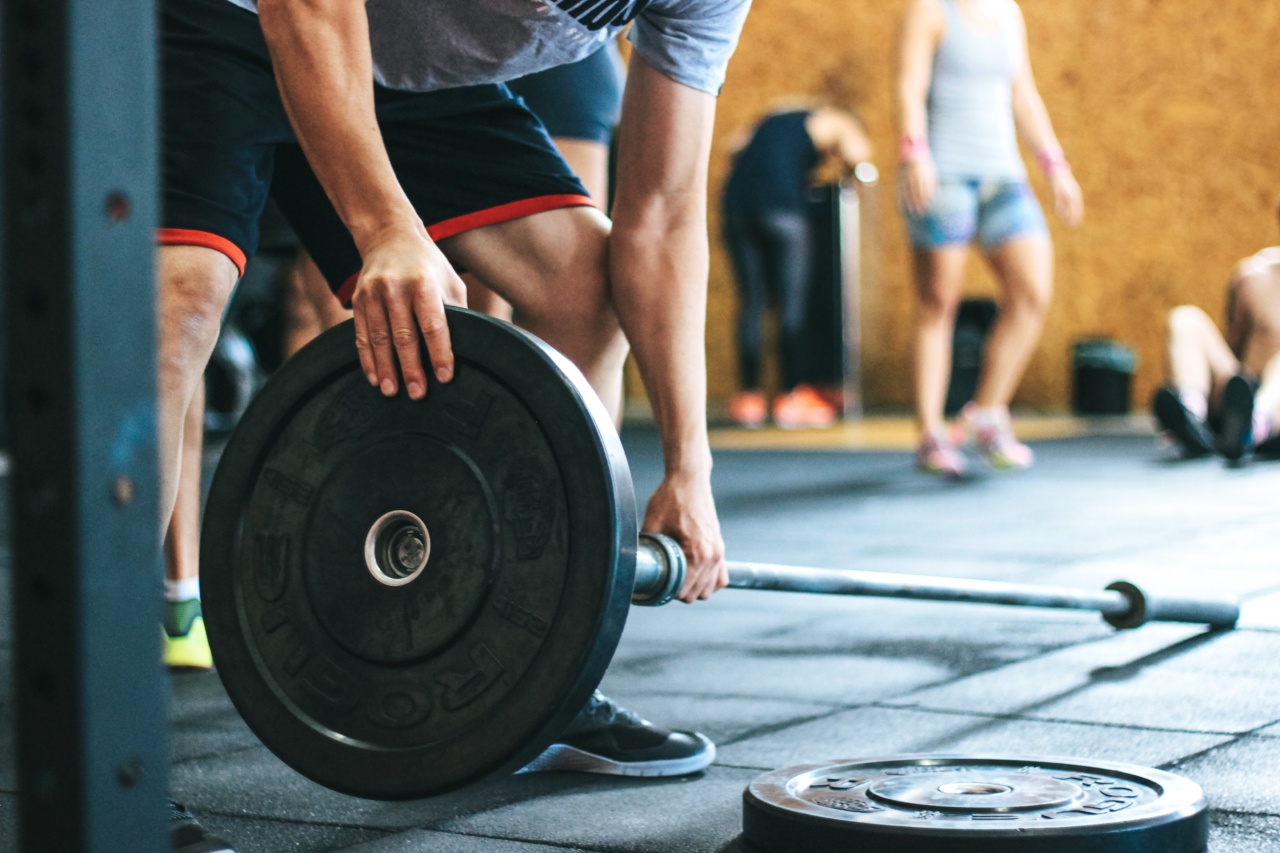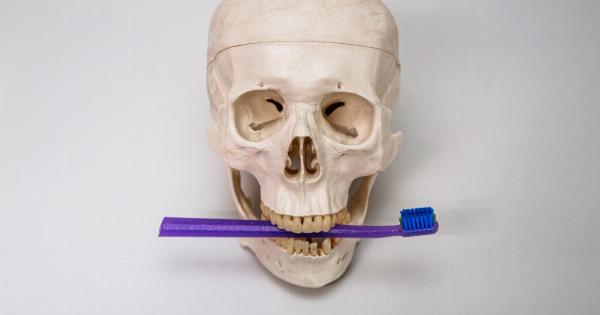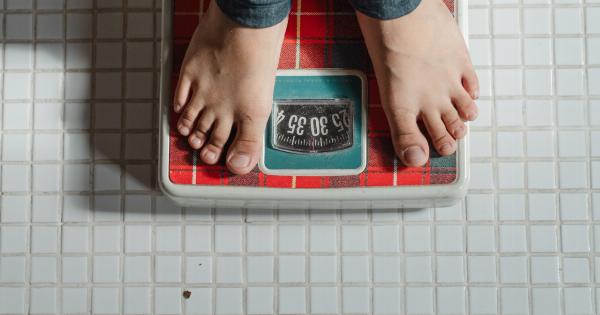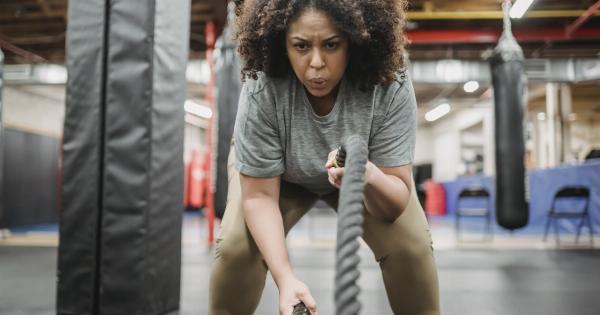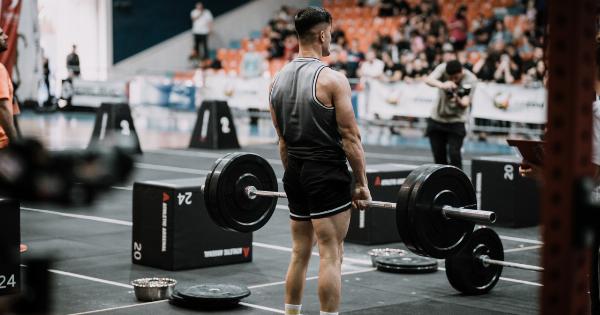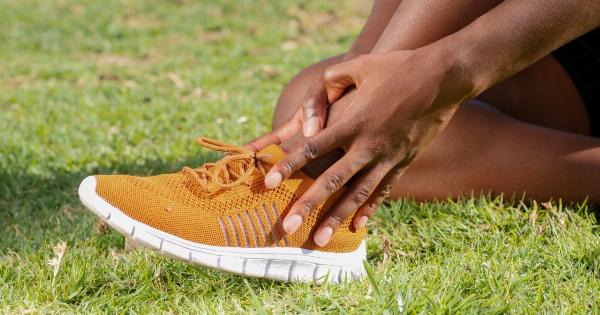Heavy bag training is a type of training that involves punching and kicking a heavy bag to improve fitness, strength, and overall health.
This type of training has gained popularity in recent years, but its impact on skeletal health is still not well-known. In this article, we will explore the impact of heavy bag training on skeletal health and discuss ways to optimize its benefits.
The Benefits of Heavy Bag Training on Skeletal Health
Heavy bag training can have a positive impact on skeletal health. It helps to improve bone density and strengthen bones, which reduces the risk of fractures and osteoporosis.
This is because heavy bag training is a weight-bearing exercise, which means that it puts stress on the bones, forcing them to adapt and become stronger.
Research has shown that weight-bearing exercises like heavy bag training can increase bone density in the hip, spine, and wrist.
In fact, a study published in the Journal of Applied Physiology found that heavy bag training can increase bone density in the wrist by up to 1.5%. This is significant because the wrist is a common site of fractures, especially in older adults.
The Risks of Heavy Bag Training on Skeletal Health
Despite the many benefits of heavy bag training on skeletal health, there are also some risks that should be taken into consideration. One of the main risks is the risk of overuse injuries, such as stress fractures and tendonitis.
These injuries can occur if the training is too intense or if the athlete does not give their body enough time to recover.
Another risk of heavy bag training is the risk of improper technique. If the athlete does not use proper technique when punching or kicking the bag, they can put unnecessary stress on the bones and joints, which can lead to injury over time.
It is important for athletes to learn proper technique from a qualified instructor to ensure they are using the right form.
How to Optimize the Benefits and Minimize the Risks
To optimize the benefits of heavy bag training and minimize the risks, it is important to follow a few guidelines:.
- Gradually increase the intensity and frequency of training to avoid overuse injuries.
- Take breaks between training sessions to allow the body to recover.
- Use proper technique to avoid putting unnecessary stress on the bones and joints.
- Drink plenty of water to keep the bones and joints hydrated.
- Eat a healthy diet rich in calcium, vitamin D, and other nutrients that support bone health.
Conclusion
Heavy bag training can have a positive impact on skeletal health by improving bone density and strengthening bones. However, there are also risks associated with this type of training, such as overuse injuries and improper technique.
To optimize the benefits and minimize the risks, it is important to follow proper guidelines and techniques and to gradually increase the intensity and frequency of training.
